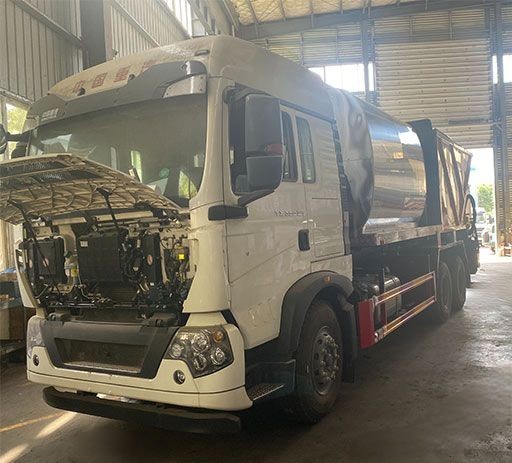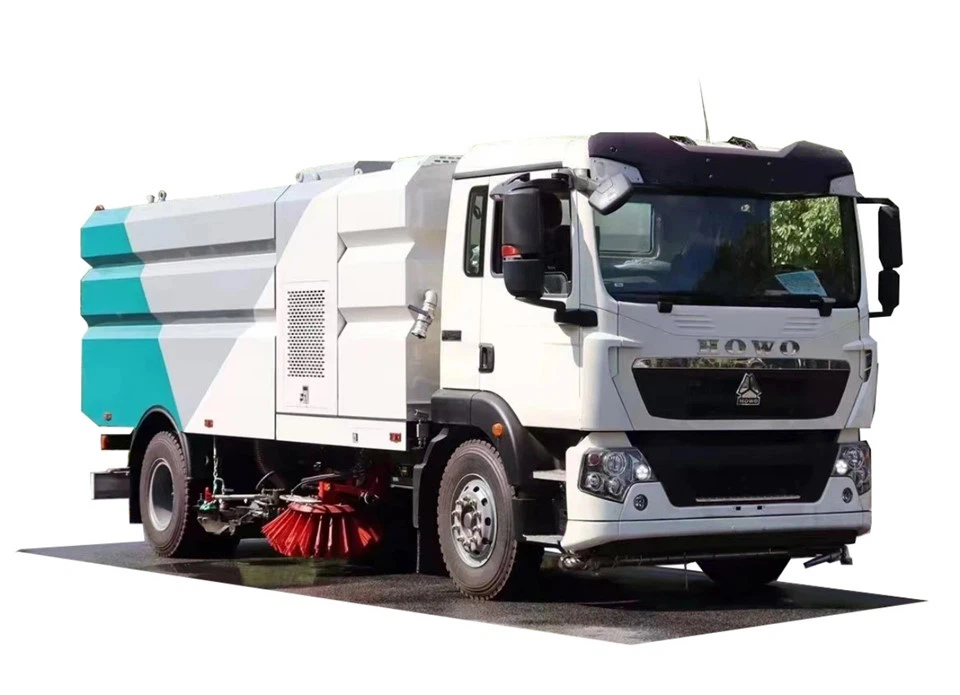Understanding Truck Vehicle Identification Numbers: A Comprehensive Guide

Introduction to Truck Vehicle Identification Numbers (VINs)
A Truck Vehicle Identification Number (VIN) is a unique code assigned to every vehicle. This 17-character string is crucial for identifying vehicles, their history, and their specifications. Knowing how to read and interpret a VIN can aid in various aspects of vehicle ownership, including buying, selling, or insuring a truck. This article will explore the importance of VINs, how to decode them, and practical tips for using VINs effectively when dealing with trucks.
The Importance of Truck VINs
Understanding the significance of a truck’s VIN is essential for any truck owner. Here are several reasons why a VIN is important:
1. Vehicle Identification
A VIN provides a unique identifier for each truck, helping to distinguish it from other vehicles. This is essential in a world where many trucks may share similar models.
2. Tracking Vehicle History
The VIN is tied to a truck’s history, including previous ownership, accidents, repairs, and titles. This information is critical when evaluating a used truck’s condition.
3. Insurance Purposes
Insurance companies use the VIN to identify vehicles accurately, which influences premium rates and coverage options. A clear report based on the VIN helps assess risk better.

4. Registration and Licensing

Regulatory bodies use VINs to maintain accurate records on vehicle ownership, registration status, and compliance with local laws, which helps prevent theft and fraud.
5. Recall Information
If there are safety recalls, manufacturers will usually base their recall notices on VINs, ensuring that affected vehicles are identified quickly and accurately.
How to Locate the VIN on Your Truck
Finding the VIN on your truck is straightforward. Common locations include:
1. Dashboard
Look for the VIN on the driver’s side of the dashboard, visible through the windshield.

2. Driver’s Side Door Frame
Open the driver’s side door and check the door frame or the door itself for a VIN sticker or plate.
3. Engine Block
Some trucks have the VIN stamped on the engine block. Check near the base of the engine for identification.
4. Vehicle Title or Registration
Your vehicle’s title or registration documents will also have the VIN clearly listed, making them good places to reference the number.
Decoding the Truck VIN
A VIN offers a plethora of information encoded within its characters. The 17-character string can be broken down as follows:
1. World Manufacturer Identifier (WMI)
The first three characters reveal the manufacturer’s country, brand, and division. For example, a WMI of “1G1” refers to Chevrolet in the USA.
2. Vehicle Descriptor Section (VDS)
The next six characters (positions 4-9) describe the vehicle attributes such as body style, engine type, and model.
3. Vehicle Identifier Section (VIS)
The last eight characters (positions 10-17) are used to identify the individual vehicle. This includes information such as the production year and unique sequence number.
Example of a VIN Breakdown
| VIN | WMI | VDS | VIS |
|---|---|---|---|
| 1FTRX18W3YF123456 | 1FT | RX18W3 | YF123456 |
Practical Tips for Using VINs
Here are some practical tips for using your truck’s VIN effectively:
1. Conduct a VIN Check
Before purchasing a used truck, perform a VIN check using services like Carfax or AutoCheck to gather information on vehicle history.
2. Use the VIN for Insurance Quotes
When requesting insurance quotes, always provide the VIN to get more accurate estimates based on the truck’s specifications and history.
3. Verify Ownership and Registration
Use the VIN to verify current ownership and ensure there are no legal issues, such as outstanding loans or liens, against the vehicle.
4. Keep Your Records Updated
Document any changes related to the truck’s VIN, such as ownership transfers or modifications, to keep your vehicle history accurate and up-to-date.
Common Misconceptions About Truck VINs
Many people have misconceptions surrounding truck VINs. Here are a few debunked:
1. All VINs are the Same Length
While VINs are standardized to 17 characters, some older vehicles may have shorter VINs. Always check the official guidelines.
2. VINs Can be Faked
It’s possible for VINs to be tampered with, especially on stolen vehicles. Always verify the VIN against official documents.
3. VIN Indicates Condition or Value
A VIN does not provide information about the truck’s condition or market value. A complete vehicle history check is necessary to gauge these aspects.
How VINs Impact Resale Value
The VIN can significantly affect the resale value of a truck. Here’s how:
1. Clean History Reports
A VIN linked to a truck with a clean history (no accidents or title issues) typically holds higher value compared to one with a negative report.
2. Manufacturer Recalls
VINs associated with recalled trucks may decrease resale value if repairs haven’t been completed prior to sale.
3. Popularity and Demand
Certain models identified by specific VINs may experience more market demand, thus positively impacting the resale value.
VINs and Environmental Impact
The VIN system also plays a role in tracking environmental compliance for trucks. Each VIN helps in identifying whether a truck meets the necessary emission standards based on its year and model.
1. Emissions Regulations
Regulatory authorities use VINs to enforce emissions regulations and identify non-compliant vehicles, promoting better air quality.
2. Vehicle Recycling
When a truck reaches the end of its life, the VIN aids in tracking the vehicle for recycling purposes, ensuring responsible disposal of parts and fluids.
FAQs About Truck VINs
1. What is the purpose of a VIN on a truck?
The VIN serves as a unique identifier for the truck, containing information about the make, model, year, and history of the vehicle.
2. Can I change my truck’s VIN?
Changing or altering a VIN is illegal and can be considered fraud. Always ensure the VIN remains consistent with official documentation.
3. How can I check the history of a truck using its VIN?
You can check the history of a truck by using online services like Carfax or AutoCheck using the VIN.
4. Is a VIN the same as a license plate number?
No, a VIN is a unique vehicle identifier, whereas a license plate number is a registration number assigned by a state or country.
5. How do I know if a VIN is valid?
You can determine if a VIN is valid by checking its structure; it should contain 17 characters and comply with the specific format recognized by authorities.
6. What should I do if I can’t find the VIN on my truck?
If you can’t find the VIN, refer to your vehicle’s title or registration documents, or consult your owner’s manual for guidance on the VIN’s location.
